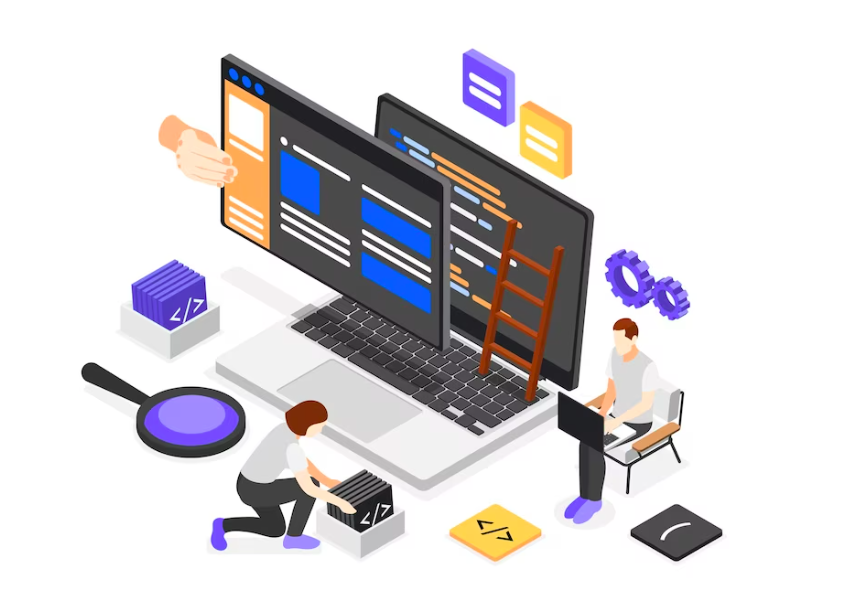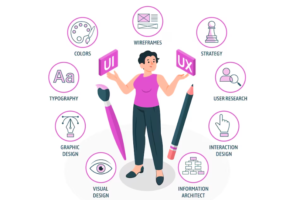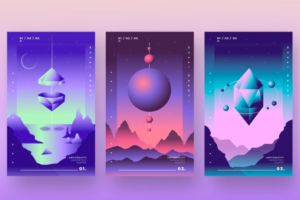In the dynamic world of web development, staying ahead of the curve is essential. CSS (Cascading Style Sheets) plays a pivotal role in shaping the visual aesthetics of a website. To streamline your development process and enhance the user experience, leveraging CSS libraries can be a game-changer. In this blog post, we’ll explore the 10 best CSS libraries in 2024 that can elevate your web design to new heights.
Tailwind CSS:
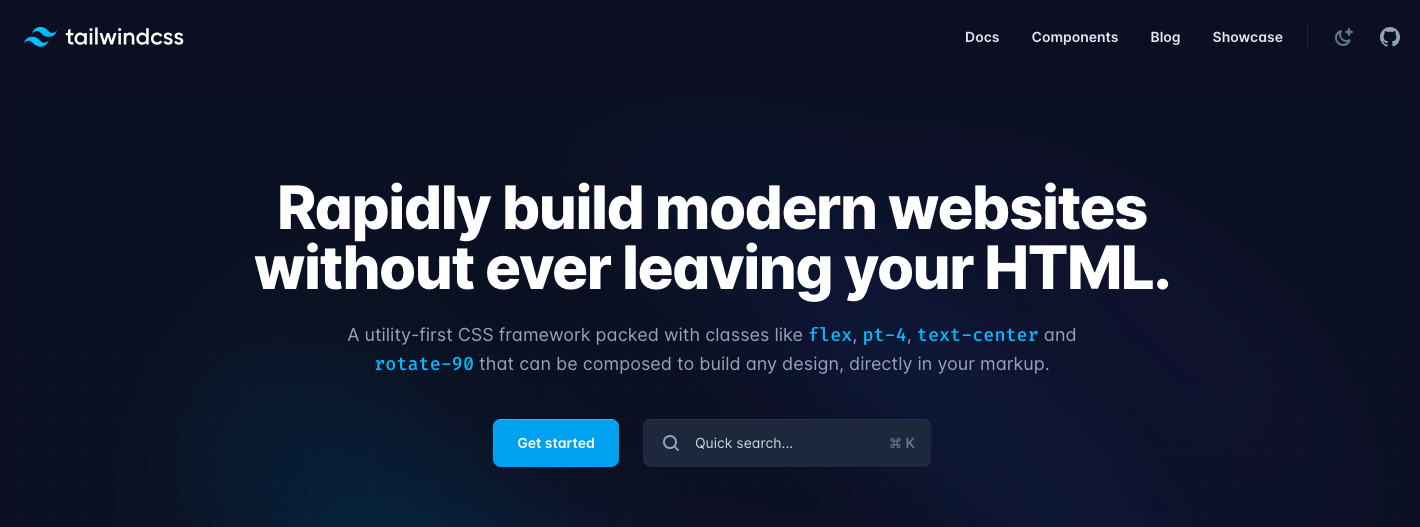
Tailwind CSS has gained immense popularity for its utility-first approach. It provides a set of pre-designed, low-level utility classes that can be combined to create custom designs. With its flexibility and efficiency, Tailwind CSS empowers developers to build responsive and visually appealing websites effortlessly.
Bootstrap:
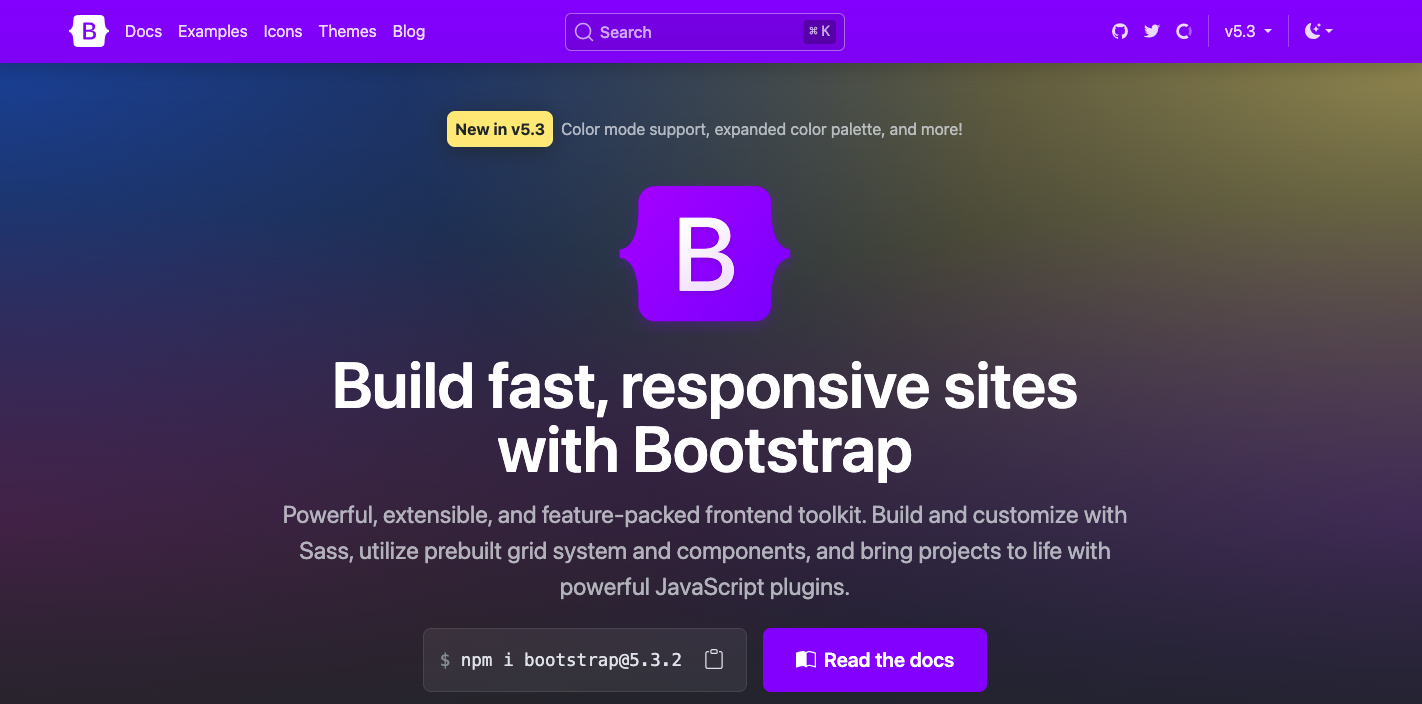
A household name in the web development community, Bootstrap remains a go-to CSS framework. With a robust grid system, extensive components, and a responsive design philosophy, Bootstrap simplifies the process of building modern and mobile-friendly websites. It’s constantly evolving to meet the demands of contemporary web development.
Bulma:

Bulma is a modern CSS framework based on Flexbox. Known for its simplicity and ease of use, Bulma offers a clean and intuitive syntax. It provides a variety of components and modifiers, making it easy to customize the look and feel of your website. Bulma’s lightweight nature also contributes to faster load times.
Animate.css:

Adding flair to your website is made easy with Animate.css. This library offers a collection of cross-browser CSS animations that can be applied with a simple class. Whether you want to add subtle fades or attention-grabbing bounces, Animate.css is a versatile choice for creating engaging user interfaces.
Sass (Syntactically Awesome Stylesheets):

While not a traditional library, Sass deserves a mention for its impact on CSS development. Sass is a preprocessor scripting language that is interpreted or compiled into CSS. It introduces variables, nesting, and mixins, allowing developers to write more maintainable and organized stylesheets.
AOS – Animate on Scroll Library:

AOS is a lightweight library that adds stunning scroll animations to your website. By using AOS, you can animate elements as they come into view, creating a smooth and visually appealing user experience. It’s a simple yet effective way to enhance the storytelling aspect of your web design.
Hover.css:
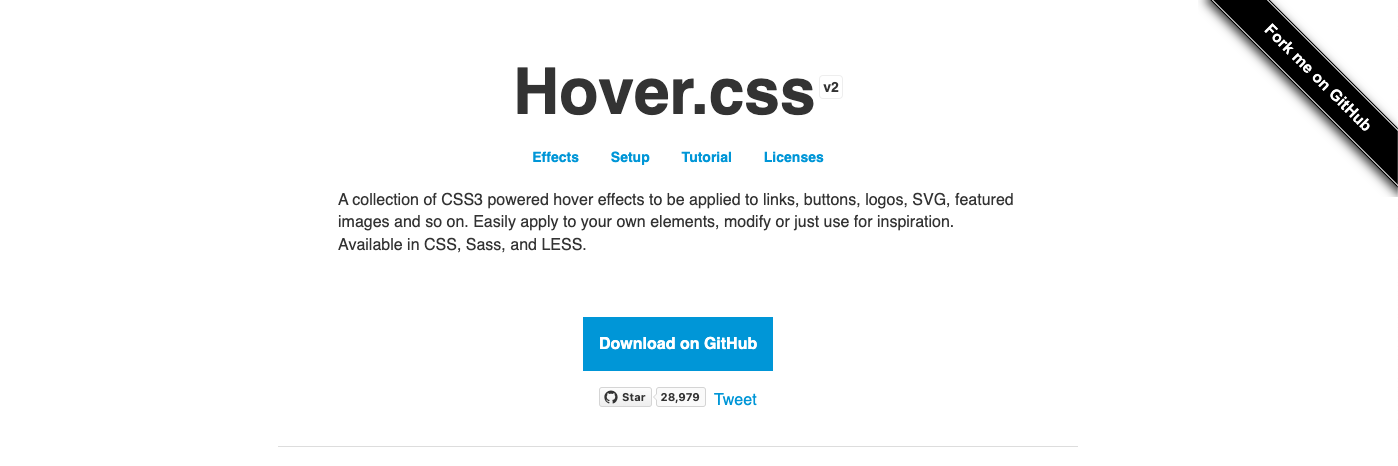
Hover.css is all about adding stylish hover effects to your elements. With a collection of over 50 hover animations, this library allows you to create interactive and engaging user interfaces. Whether you’re working on buttons, images, or links, Hover.css can bring life to your website with minimal effort.
MUI (Material-UI):
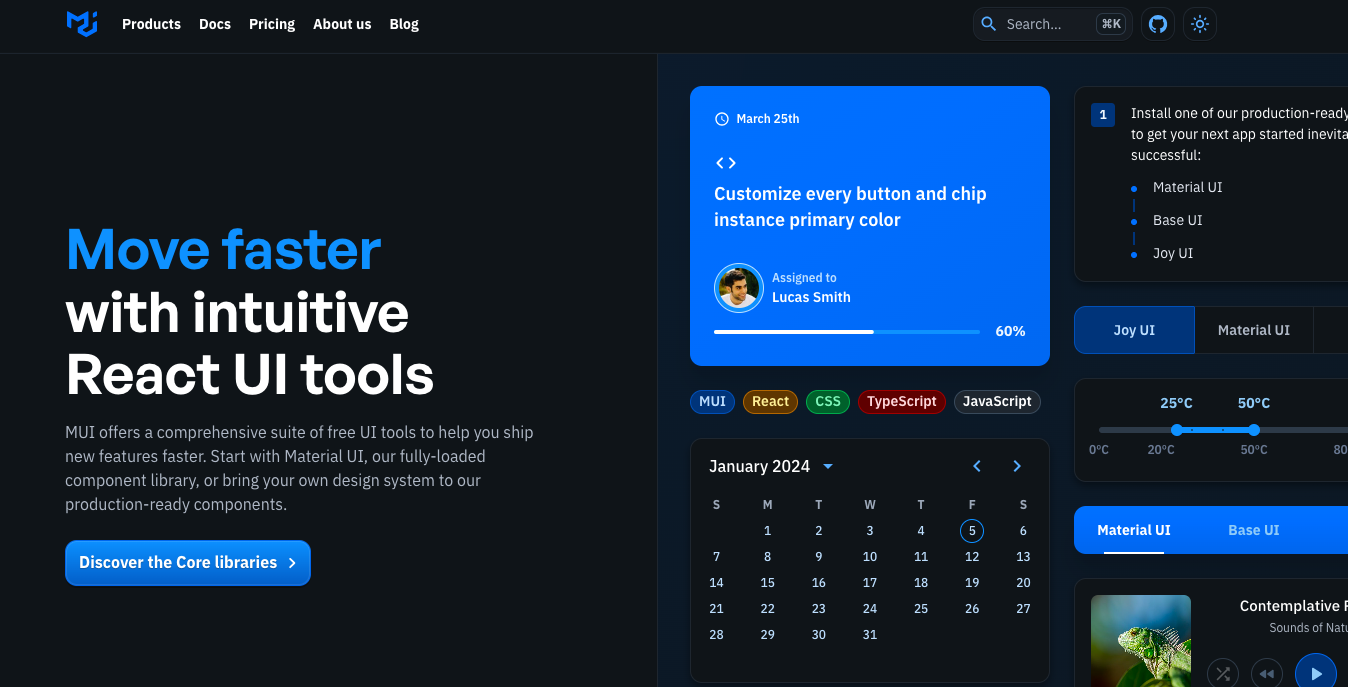
MUI brings Google’s Material Design to the world of React components. It’s a React UI framework that incorporates the principles of Material Design, offering a cohesive and visually appealing user interface. MUI provides a vast array of customizable components, making it a favorite among React developers.
Foundation:
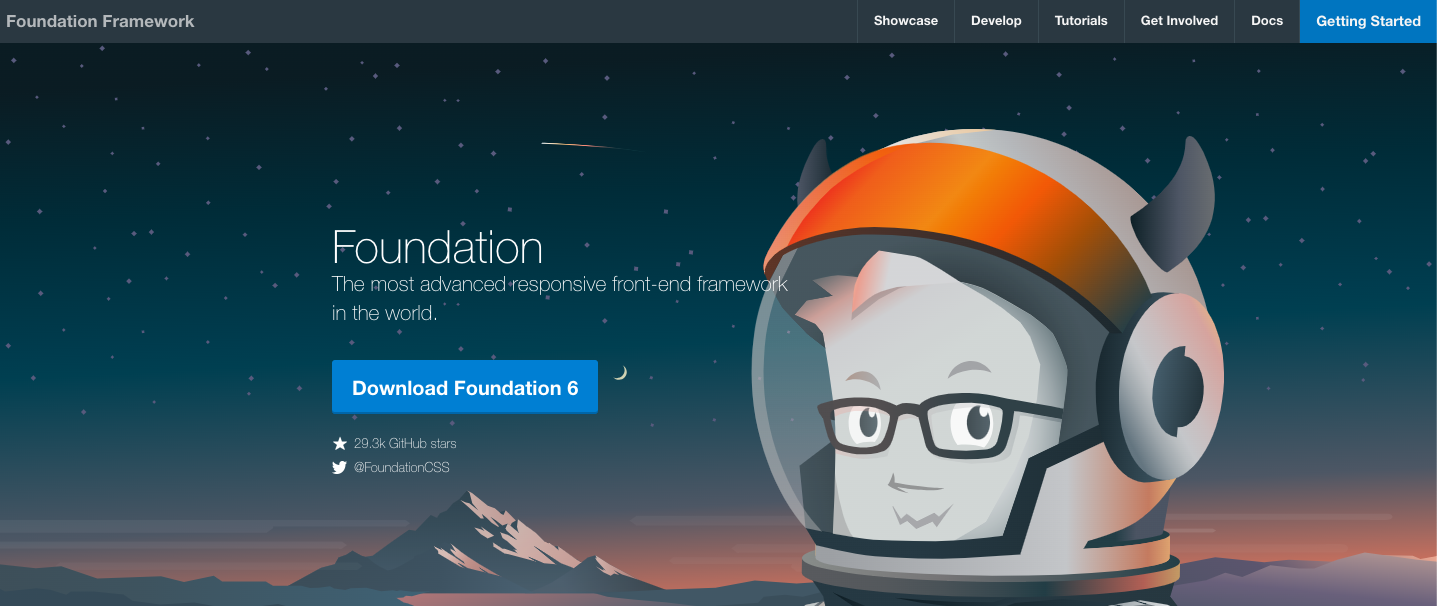
Foundation is a responsive front-end framework that prioritizes mobile-first design. With a modular approach, Foundation allows developers to pick and choose the components they need for their projects. It provides a responsive grid system, customizable UI elements, and a wealth of tools for efficient development.
Three.js:
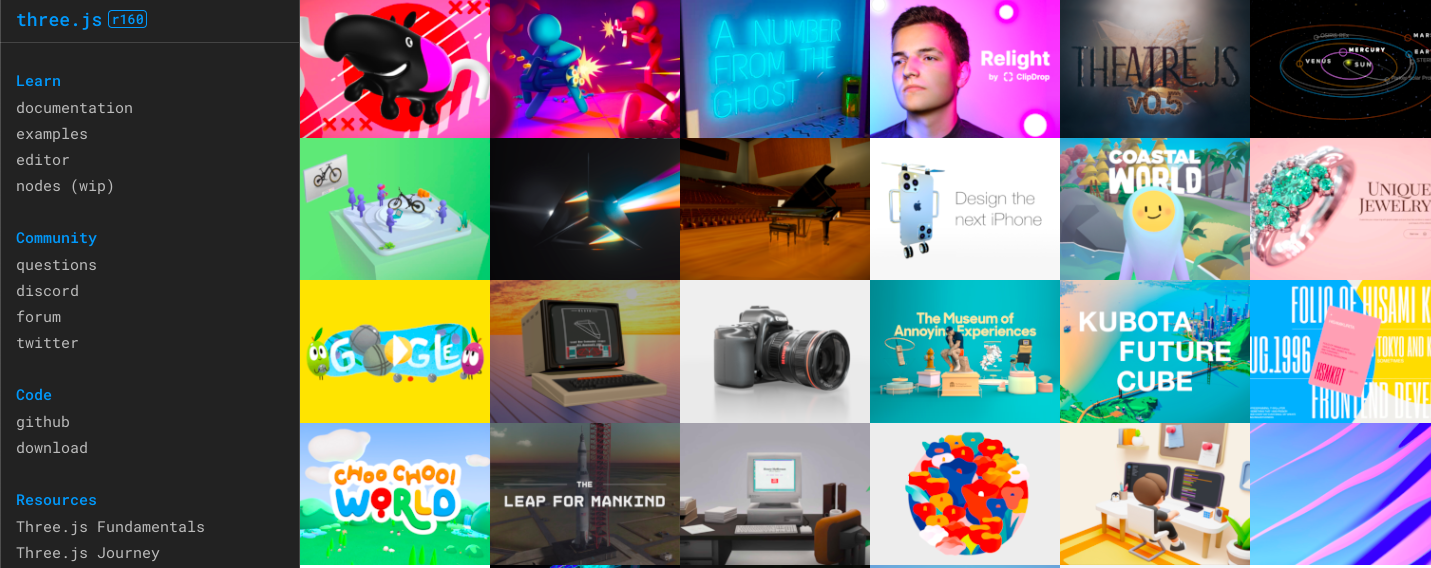
For those looking to add 3D graphics and animations to their websites, Three.js is a powerful and popular choice. While not solely a CSS library, it works seamlessly with CSS and allows you to create stunning 3D effects using WebGL. Three.js opens up a world of possibilities for creating immersive and interactive web experiences.
As we navigate the ever-evolving landscape of web development, having the right tools at our disposal is crucial. The CSS libraries mentioned above offer a diverse set of features, catering to different aspects of design and functionality. Whether you’re focused on responsiveness, animations, or component-based development, incorporating these libraries into your workflow can significantly enhance your web design capabilities in 2024 and beyond. Stay innovative, stay creative, and keep pushing the boundaries of what’s possible in the world of CSS.


